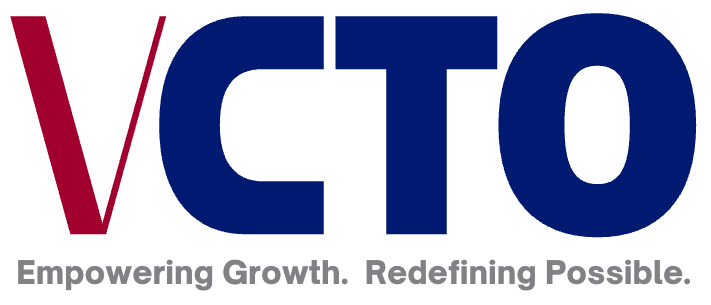
Scaling Smart, Part 5: Building Systems and Tools That Scale With You
In Part 1 of our Scaling Smart series, we identified five signs you’re ready to grow. Part 2 covered building processes that run without you. Part 3 focused on creating reliable, repeatable revenue. Part 4 explored building a trained, accountable team. Now, in Part 5, we’re tackling a critical but often overlooked component: scalable systems and tools.
Strong systems and tools aren’t just about efficiency—they’re about enabling your business to handle more volume, complexity, and customers without breaking under the pressure.
Why Scalable Systems Matter
When systems are built for today’s volume only, they collapse under tomorrow’s growth. Scaling means more transactions, data, and interactions. Without the right infrastructure, you’ll see bottlenecks, errors, and frustrated customers.
Robust systems:
Automate repetitive tasks to free up human capacity.
Provide real-time visibility into performance.
Integrate across departments to prevent silos.
Scale easily to accommodate increased demand.
Key Areas to Address
1. Customer Relationship Management (CRM)
A scalable CRM should track every interaction, manage sales pipelines, automate follow-ups, and integrate with marketing tools. Choose one that can handle more leads, more team members, and deeper analytics as you grow.
2. Operations & Workflow Tools
Project management platforms like Asana, Trello, or Monday.com coordinate teams and keep deliverables on track. For service-based businesses, job scheduling and workflow automation keep client work moving without bottlenecks.
3. Inventory & Fulfillment Systems
For physical product businesses, invest in inventory systems that sync across all sales channels, automate reorder points, and deliver accurate real-time stock levels.
4. Financial Systems
Use accounting software with forecasting and reporting features that support decision-making. Automate invoicing, expense tracking, and financial reporting to improve accuracy and speed.
5. Data & Reporting Dashboards
Centralized dashboards pull from multiple systems, giving you a single source of truth for strategic and operational decisions.
6. Communication Platforms
As your team grows, tools like Slack, Teams, or Zoom—with well-structured channels and integrations—keep communication organized and efficient.
Choosing the Right Tools
Think Ahead – Select tools that can handle at least 3–5 years of projected growth.
Integrate – Ensure your tools connect with each other to avoid manual re-entry.
Train the Team – Adoption depends on proper onboarding and support.
Audit Regularly – Review your tech stack annually to remove redundancy and upgrade where needed.
Risks of Ignoring Scalable Infrastructure
Capacity Crises – Systems fail during demand spikes.
Data Silos – Critical information becomes trapped in separate systems.
High Error Rates – Manual processes cause mistakes and rework.
Team Frustration – Slow, outdated tools hurt morale and productivity.
Warning Signs:
Frequent manual workarounds.
Systems slow or crash during heavy use.
Conflicting data across platforms.
Long onboarding times due to tool complexity.
Conclusion: The right systems and tools aren’t a luxury—they’re the foundation for scaling without chaos. Investing in scalable infrastructure now ensures you can handle tomorrow’s opportunities without losing control.



